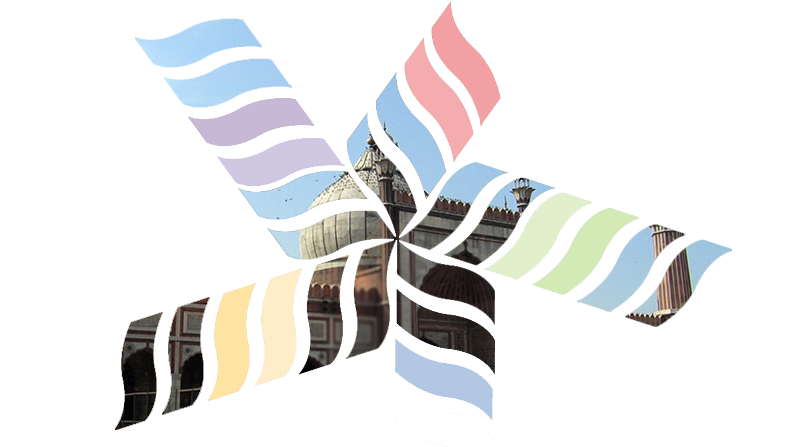In the age of the internet and global electronic communication mania it is very easy to find material on pretty much anything in a matter of two or three clicks or swipes. But everyone will probably agree that the quantity of the material and the ease with which it is found is often greater than its quality and reliability – especially when it is free. To say the least, what one gets from Google by casting its nets into the flood of zeros and ones is always a very mixed catch. The only shame is that too often, especially as far as language learning and the sciences are concerned, the really good material is intended only for students or members of the institution that offers it and not for the general public. All the more important that the genuinely good material, which is just up for grabs, gets shared. This article is a short review about the online resources of the Hindi Urdu Flagship, a study program of the University Of Texas At Austin, which offers engagingly presented, varied and qualitatively very good materials for Hindi and Urdu learning to students around the globe – and that, entirely free of charge, just because learning matters regardless who one is.
To visitors from the outside, the most valuable part of the website is the section entitled resources, to be found at the extreme right of the main menu bar. Here students get access to a number of different learning materials, many of which combine audio, video and written information to provide them with a fuller picture of the language by making them engage with all its different aspects. There are basic glossaries that allow students to hear and read words and phrases, which are part of the core vocabulary of Complete Hindi. For more advanced learners there is also a section called the spoken thesaurus, which consists of themed Hindi-language conversations between Rupert Snell, the head of the study program, and Neha Ladha, a native Hindi speaker and member of the program, where they can learn more about how words are used in context and when one synonym or near-synonym is preferred above another one. These discussions are provided along a script containing the most important words and phrases discussed on the recordings.
Quite an original idea, and one that will expose students who do not live in India to spoken Hindi they would normally not have access to, is the section Hindi Urdu voicemails. As its name indicates, it consists of a collection of voicemails. These recordings will help students put themselves in situations where they need to understand everyday instructions or explanations calling for some kind of reaction or decision, which could, should they decide to go to India, on day land on their own phone. In the section Hamari Boli students will find short clips of native-speakers talking about various aspects of everyday language, such as which greetings to use, what kind of language to use when talking on the phone or how to decide between formal and informal modes of address. Finally, in the material intended for basic and intermediate students, there are also a couple of sections concerned with the script used for Hindi and a very helpful introduction to the verbal system of Hindi and Urdu.
These and other materials are augmented by sections about different aspects of Hindi and Urdu poetry intended for more advanced students. Advanced level sections include, among other things, a Hindi and Urdu reader and a Braj Bhasha reader. Taken all together the Hindi Urdu Flagship online resources are surprisingly copious and, in our mind, a generous offering that ought not to be overlooked by any learner of either of the languages.
SZ

